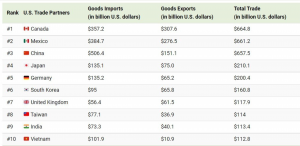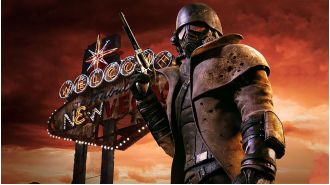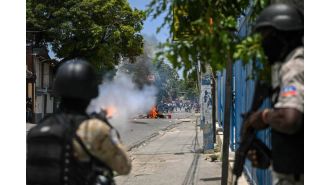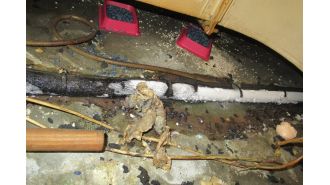American Trade: Friendshoring, Nearshoring, Onshoring
The American trade scene and supply chains, in particular, were rocked by the intrusion of The Great Pandemic, the War in Ukraine, the future War in Taiwan, worldwide political upheaval, and an increasingly prudent and muscular trade nationalism.
Two of those things — The Great Pandemic and the Ukraine War — were unwelcome surprises.
OK, maybe “muscular trade nationalism” is a little strong, but you get the drift.
What does American trade look like, Big Red Car?
Here is what American trade looks like today (click on it to make it readable):
As you can see, our two largest trade partners are Canada and Mexico, countries that we share a border with (nearshoring).
The Juice in trade today, Big Red Car?
The Juice in trade today is to position global manufacturing and, thus, the other end of the supply chain in places that minimize political, economic, and civil unrest.
Why, Big Red Car?
Well, dear reader, it’s like this:
1. The Pandemic taught us that if a product is made in and, thus, coming by ship or plane from a foreign country, the nature of the foreign country will have a potentially negative to fatal impact on the ability for it to arrive on time.
We also learned that it is folly to trust strategic manufacturing geographically to countries who are not our friends such as China.
2. The Ukraine War taught us there are still hostile nations who will impact how and where we trade and may impact commodity markets.
The US made this far worse by its imbecilic energy policies — talking to you, Hunter Biden’s Daddy.
This one decision had a gigantic impact on Putin’s decision to attack Ukraine — because of energy income and what he perceived as a chokehold on western European energy markets.
3. There are countries — China — who are openly hostile to US interests whilst we have huge manufacturing infrastructure and investment in their countries, who do not trade fair, who steal our intellectual property, to whom we give unfettered access to the US market, and who threaten a redux of Ukraine in Taiwan.
China is a huge exporter to US, but not nearly as much as in the recent past. Let’s wean America from the China sugar teat.
4. There is substantial political unrest in many places in the world that may erupt without warning.
5. There is a growing realization that manufacturing offshore for ultimate sales in the US market — with no entry cost — is neither good politics nor good economics.
WTF do we do, Big Red Car?
Ahhh, dear reader, we onshore, we nearshore, and we friendshore.
Onshore — return manufacturing by American companies to American soil. Very simple concept — the reverse of what American business did decades ago.
On some “strategic” industries such as defense, we should make this the damn law. Now.
American companies want the American legal system, the stock markets, an American headquarters, and banking. They want access to the American market. Make your stuff in America, home boys.
Nearshore — move manufacturing from far away locales to countries with whom we share a physical border: Canada and Mexico.
This removes the ship traffic and replaces it with rail, pipeline, and truck traffic.
In total trade, Canada and Mexico are our #1 and #2 trade partners.
Friendshore — move manufacturing from hostile countries to friendly countries. I think the movement of manufacturing from China to Vietnam and India will accelerate.
While I am very critical of the India – Russia military and energy relationship, I consider India the most attractive future American trade partner and domicile for offshore manufacturing.
Access to US markets should be a prize
One huge mistake we are making that that Trump chap realized is we are giving foreign manufacturers and countries unfettered access to the US market with very little friction and no entry price.
Trump put tariffs on certain trade and they became invisible meaning they were paid and nobody noticed.
The US needs to discipline global trade by making access to US markets a plum only available to honest traders and countries.
Bottom line it, Big Red Car
We learned a lot about trade and the supply chain from the Pandemic, the Ukraine War, and the behavior of China and are only now starting to reshuffle the deck.
Hey, Apple, you’ve moved 5% of your manufacturing out of China, good start. Put the pedal to the metal and move it all out. Come on, Timmy.
But, hey, what the Hell do I really know anyway? I’m just a Big Red Car.







